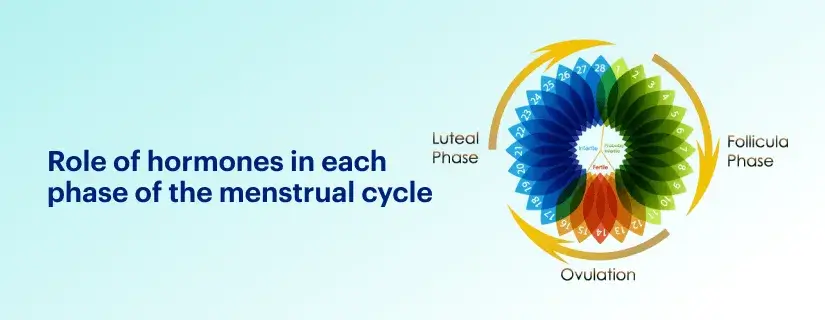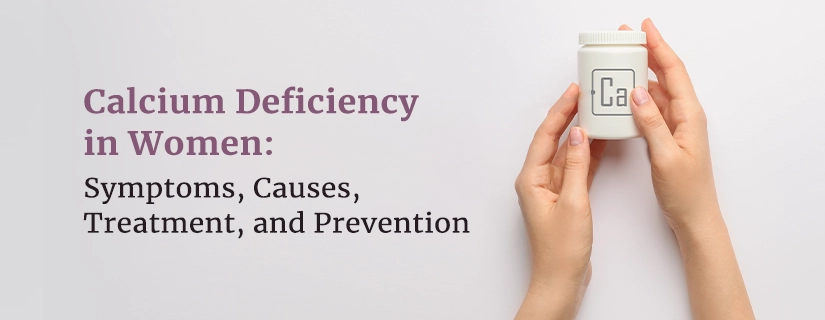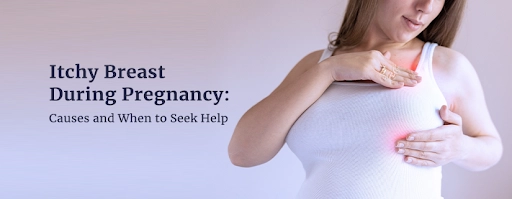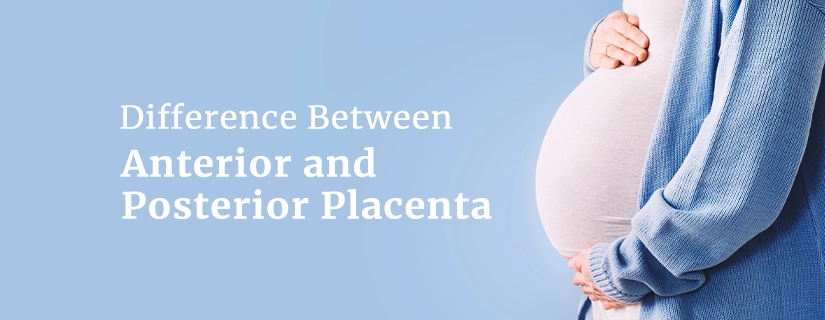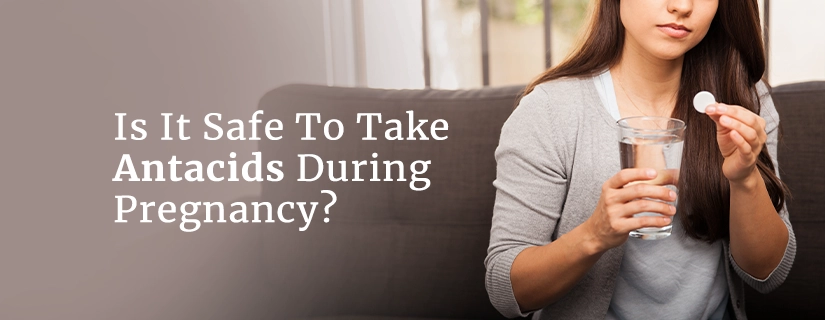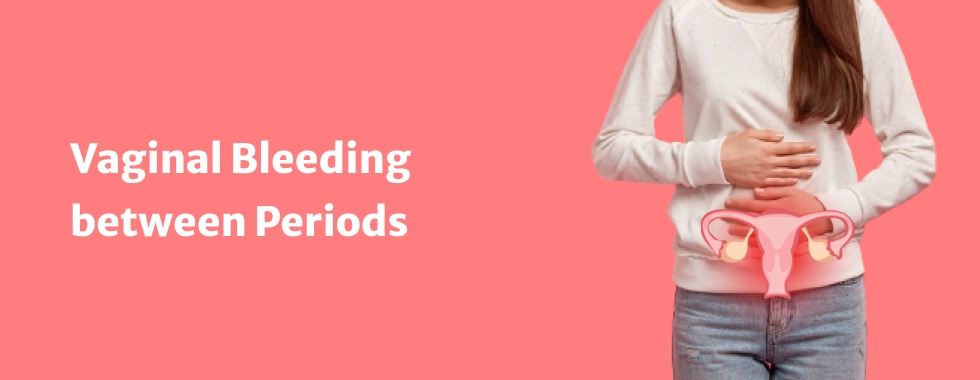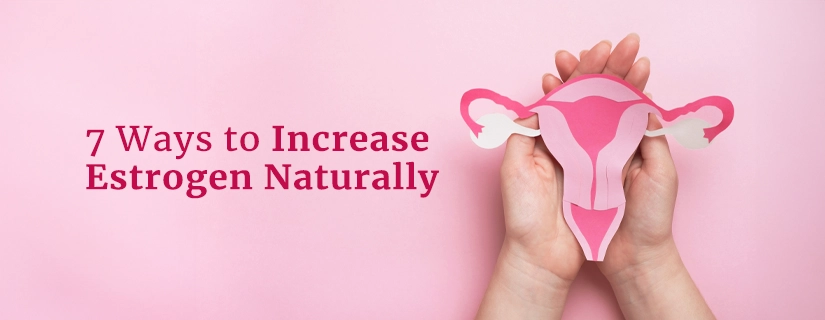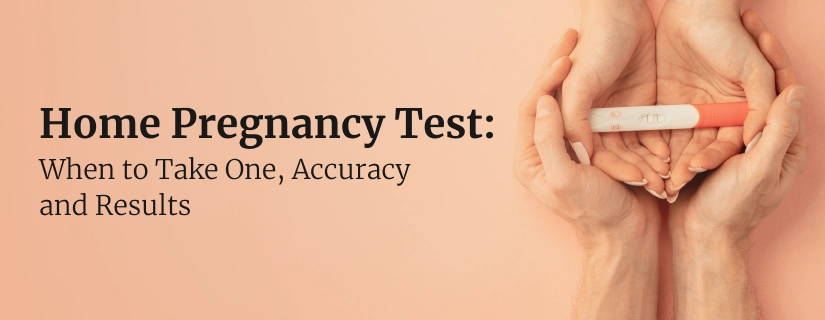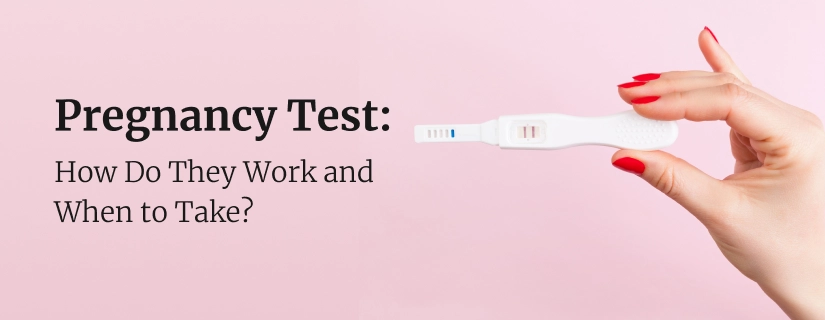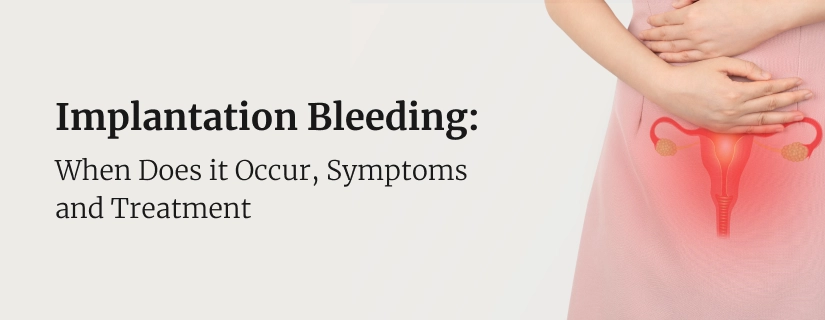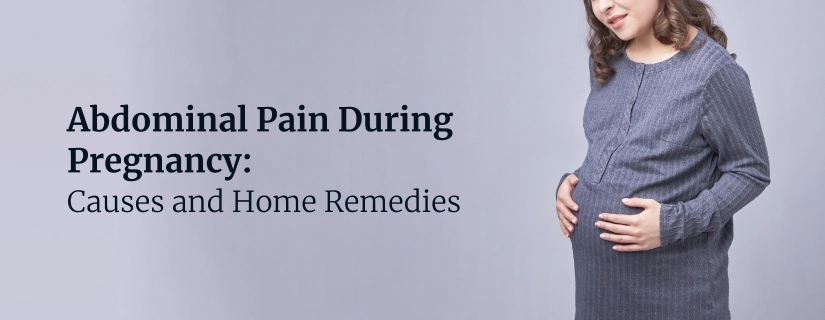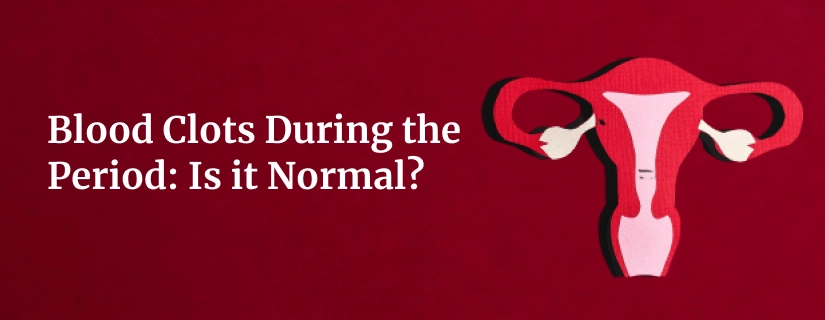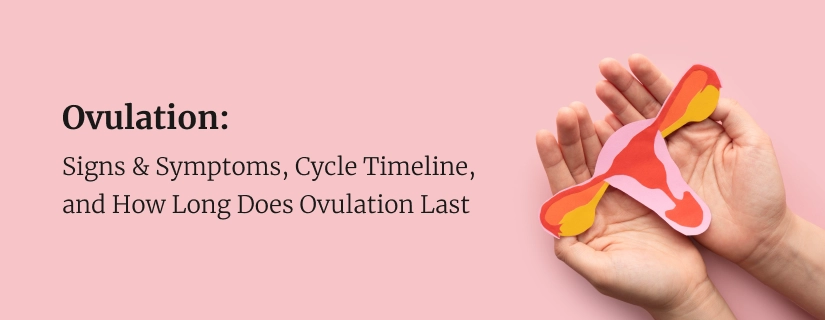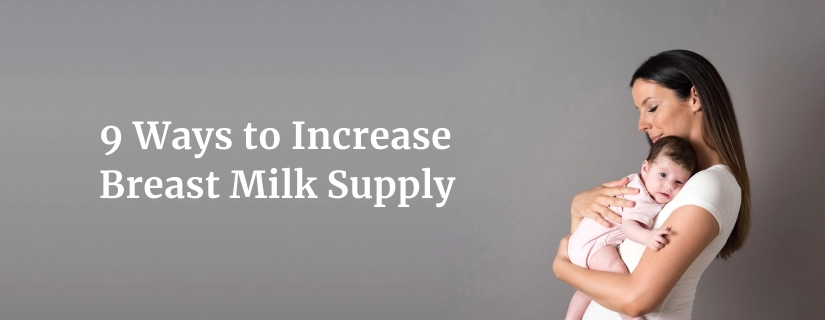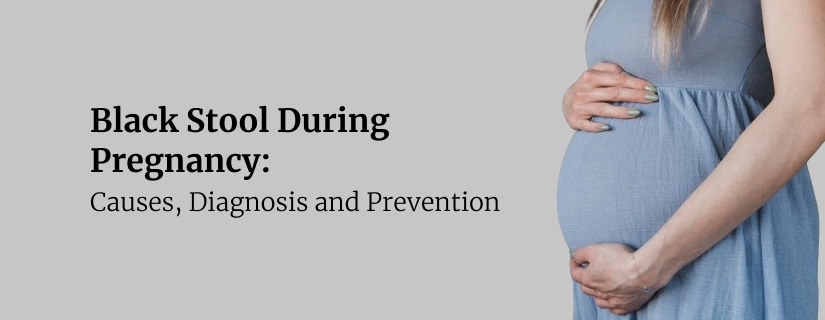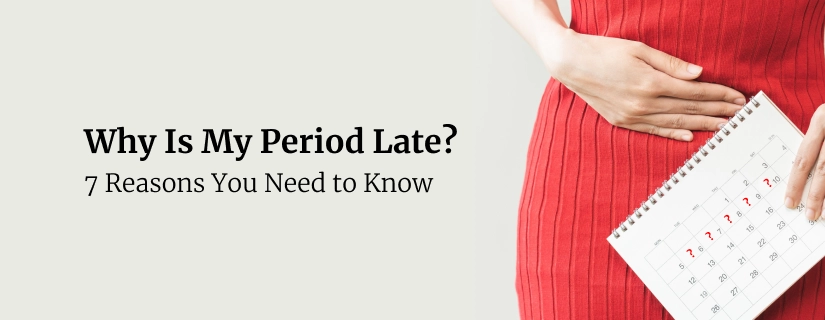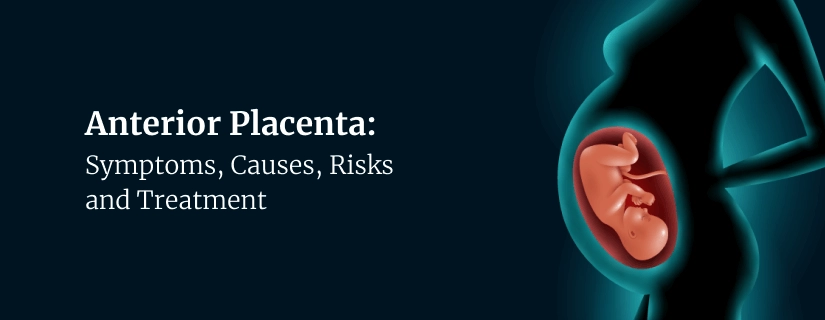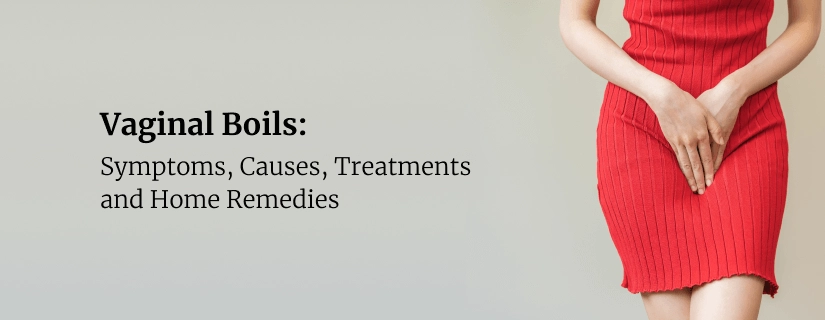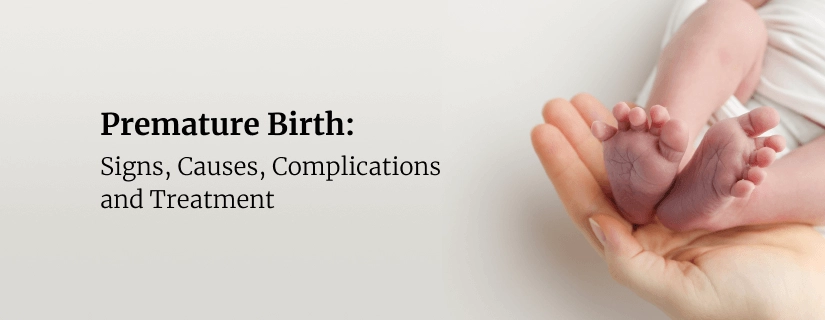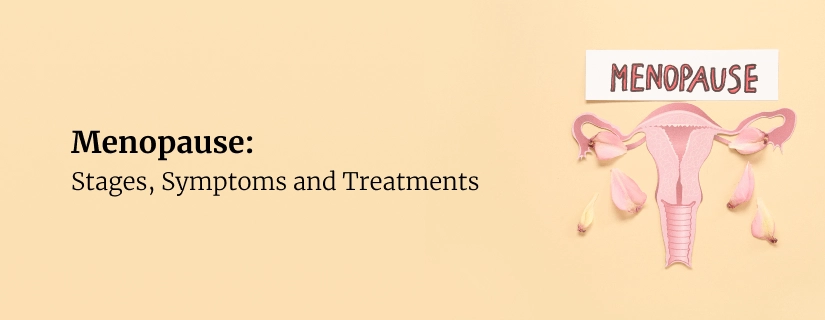-
Doctors
-
Specialities & Treatments
Centre of Excellence
Specialties
Treatments and Procedures
Hospitals & Directions HyderabadCARE Hospitals, Banjara Hills CARE Outpatient Centre, Banjara Hills CARE Hospitals, HITEC City CARE Hospitals, Nampally Gurunanak CARE Hospitals, Musheerabad CARE Hospitals Outpatient Centre, HITEC City CARE Hospitals, Malakpet
HyderabadCARE Hospitals, Banjara Hills CARE Outpatient Centre, Banjara Hills CARE Hospitals, HITEC City CARE Hospitals, Nampally Gurunanak CARE Hospitals, Musheerabad CARE Hospitals Outpatient Centre, HITEC City CARE Hospitals, Malakpet Raipur
Raipur
 Bhubaneswar
Bhubaneswar Visakhapatnam
Visakhapatnam
 Nagpur
Nagpur
 Indore
Indore
 Chh. Sambhajinagar
Chh. SambhajinagarClinics & Medical Centers
Book an AppointmentContact Us
Online Lab Reports
Book an Appointment
Consult Super-Specialist Doctors at CARE Hospitals
What is a Good AMH Level to Get Pregnant
Updated on 24 December 2024

Anti-Müllerian Hormone (AMH) testing has become essential in assessing fertility potential. While AMH is just one of several fertility markers, it offers reliable information about egg quantity and can indicate how well someone might respond to fertility treatments. This article explores the ideal AMH ranges for pregnancy, factors affecting these levels, and steps to maintain healthy AMH levels for better fertility outcomes.
Significance of AMH levels in IVF
AMH testing has become fundamental in In Vitro Fertilisation (IVF) treatment planning. This hormone serves as a reliable predictor of how well a woman's ovaries will respond to fertility medications during IVF treatment.
AMH testing offers several critical benefits in IVF treatment:
- Helps determine the appropriate dose of fertility medications
- Predicts the number of eggs that might be retrieved
- Indicates potential risks of ovarian hyperstimulation
- Assists in developing personalised treatment protocols
- Helps assess the likelihood of cycle cancellation
Women with higher AMH levels typically respond better to ovarian stimulation and yield more eggs during retrieval.
For IVF treatment, AMH levels above 1.6 ng/ml are considered favourable, suggesting a good potential for egg retrieval. Levels below 0.4 ng/ml indicate a significantly reduced ovarian reserve, which might require adjusted treatment protocols.
What is The Normal AMH Level for Getting Pregnant?
Medical experts generally consider AMH levels between 1.0-4.0 ng/ml as normal for women seeking pregnancy, though there is some debate among specialists about exact cutoff values.
The interpretation of AMH levels typically falls into these categories:
- High (Often PCOS): Above 4.0 ng/ml
- Normal Range: 1.5 – 4.0 ng/ml
- Low Normal Range: 1.0 – 1.5 ng/ml
- Low: 0.5 – 1.0 ng/ml
- Very Low: Less than 0.5 ng/ml
AMH Levels as per Age Groups:
Age is essential in determining AMH levels, with values naturally declining as women age. AMH levels reach their peak around age 25, with median values showing a consistent decline pattern:
| Age Group | Median AMH Level (ng/mL) |
| 20-25 years | 4.23 |
| 26-30 years | 3.48 |
| 31-35 years | 2.43 |
| 36-40 years | 1.28 |
| 40-44 years | 0.52 |
Research has revealed important patterns in age-related AMH levels:
- Approximately 14.5% of women under 35 years show low AMH values (below 1.1 ng/ml)
- This percentage increases significantly to 50.5% in women over 35 years
- Ethnic variations exist, with Caucasian women typically showing 25% higher AMH values compared to African and Hispanic women of similar age
Reasons for Low AMH Levels
The primary factors contributing to low AMH levels include:
- Age-related Decline: The most significant factor affecting AMH levels, with natural decreases occurring as women approach their mid-30s and beyond
- Medical Conditions: Issues related to the reproductive system, including endometriosis, ovarian cysts, and previous ovarian surgeries
- Autoimmune Disorders: Conditions where the immune system affects ovarian function
- Genetic Factors: Family history of early menopause or inherited genetic disorders
- Vitamin D Deficiency: Studies show a direct correlation between vitamin D levels and AMH production
- Poor Dietary Habits: A diet involving processed foods and excessive fats can negatively impact hormone production.
- Emotional Well-being: It significantly influences AMH levels, with chronic stress and anxiety potentially leading to hormonal imbalances.
- Previous Ovarian Surgeries or Treatments: Procedures related to ovarian cysts, endometriosis, or ovarian torsion may affect the ovarian reserve, leading to decreased AMH production.
Tips to Maintain Good AMH Levels to Get Pregnant
- Diet:
- A nutrient-rich diet forms the foundation for maintaining healthy AMH levels. The following foods have shown particular promise in supporting ovarian function:
- Berries rich in antioxidants for egg protection
- Fatty fish containing essential omega-3 acids
- Leafy greens high in folate
- Seeds and nuts providing vitamin E
- Oysters offering zinc for fertility support
- Physical Activity:
- It is a key to maintaining hormonal balance and fertility health. Regular exercise helps regulate hormones, manage stress, and maintain a healthy weight.
- Environmental Factors:
- They significantly influence hormonal health. Women can protect their reproductive system by:
- Using glass containers instead of plastic
- Choosing natural cleaning products
- Minimising exposure to endocrine-disrupting chemicals
- Selecting BPA-free products
- Stress Management:
- Meditation, mindful breathing, and regular sleep patterns help regulate hormonal balance. These practices, combined with proper hydration and limited caffeine intake, create an optimal environment for reproductive health.
- Supplements:
- Vitamin D has shown particular promise in supporting AMH levels.
- Supplements like CoQ10 and DHEA may benefit some women.
Conclusion
AMH testing is a valuable tool for women planning pregnancy, helping them understand their fertility potential. While normal AMH levels range between 1.0-4.0 ng/ml, these numbers tell only part of the fertility story, with age, lifestyle choices, and overall health playing crucial roles alongside AMH levels in determining pregnancy success.
Women can support their reproductive health through simple lifestyle changes. A balanced diet abundant in antioxidants and regular exercise with stress management help maintain optimal hormone levels. Vitamin D supplementation and following a Mediterranean diet pattern also supports fertility health.
FAQs
1. What is considered a good AMH level for a 35-year-old woman?
For a woman aged 30, a good AMH level is around 2.5 ng/mL. At 35 years, it's about 1.5 ng/mL; at 40 years, one ng/mL; and at 45 years, 0.5 ng/mL.
2. Does a high AMH level indicate poor egg quality?
A high AMH level suggests a greater number of ovarian follicles and eggs, but it does not necessarily reflect the quality of these eggs. Factors like age, genetics, and environmental influences are crucial in determining egg quality, which cannot be directly assessed through AMH levels.
3. Can high AMH levels increase the likelihood of having twins?
Yes, higher AMH levels suggest a greater probability of having twins. Research indicates that AMH concentrations were approximately 1.4 times higher in women with twins than those with a single child.
4. Is it possible to conceive with an AMH level of 1.5?
Yes, an AMH level between 1.5 and 3 is considered normal and indicates a good chance of conception, as it reflects a healthy reserve of eggs in the ovaries.
ENQUIRY FORM
SELECT CATEGORIES
-
Neurosciences (16)
-
Neurology (37)
-
Neurosurgery (14)
-
Orthopaedics (48)
-
Oncology (33)
-
Obstetrics and gynecology (51)
-
Pulmonology (23)
-
Urology (20)
-
Nephrology (13)
-
Psychiatry (7)
-
Dietetics and Nutrition (111)
-
General Medicine (63)
-
Cardiac Sciences (30)
-
Vascular & Endovascular Surgery and Interventional Radiology (10)
-
Gastroenterology (46)
-
Endocrinology (23)
-
Plastic Surgery (10)
-
Critical Care Medicine (5)
-
COVID-19 (16)
-
Dermatology (16)
-
Emergency Care (1)
-
Ophthalmology (4)
-
Pediatrics (14)
-
Laparoscopic and Bariatric Surgery (8)
-
ENT (15)
-
Kidney Transplant (1)
-
Liver Transplantation and Hepatobiliary Surgery (5)
-
General Surgery (3)
-
Internal Medicine (5)
-
Medicine Information
Understanding Lighter Periods: Causes, Symptoms, and Solutions
Cervical Cerclage: Types, Procedures, Precautions and Risks
YOU MAY ALSO LIKE
RECENT BLOGS
-

Direct Anterior Approach in Total Hip Replacement: Advantages and Challenges
10 April 2025
Read More
-
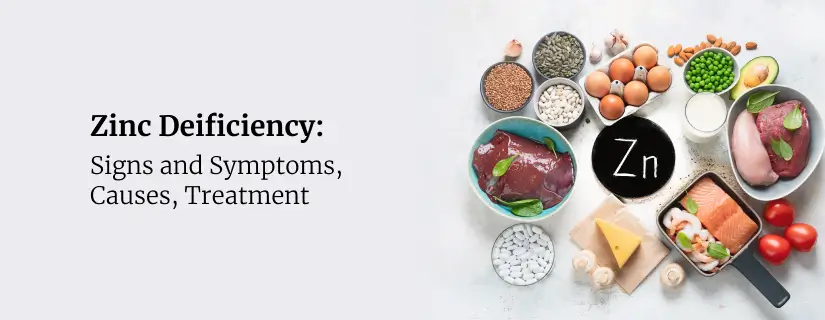
Zinc Deficiency: Signs and Symptoms, Causes, Treatment
9 April 2025
Read More
-

Chest Pain When Coughing: Causes, Treatment and Home Remedies
9 April 2025
Read More
-

12 Health Benefits of Eating Mushrooms
8 April 2025
Read More
-

7 Health Benefits of Blood Donation You Should Know About
8 April 2025
Read More
-

Implantation Bleeding Vs Periods: Know the Difference
28 February 2025
Read More
-

Bloating During Ovulation: Symptoms, Causes and Remedies
28 February 2025
Read More
-

Itching During Dengue: Causes, Treatment and Home Remedies
18 February 2025
Read More
Have a Question?
If you cannot find answers to your queries, please fill out the enquiry form or call the number below. We will contact you shortly.













